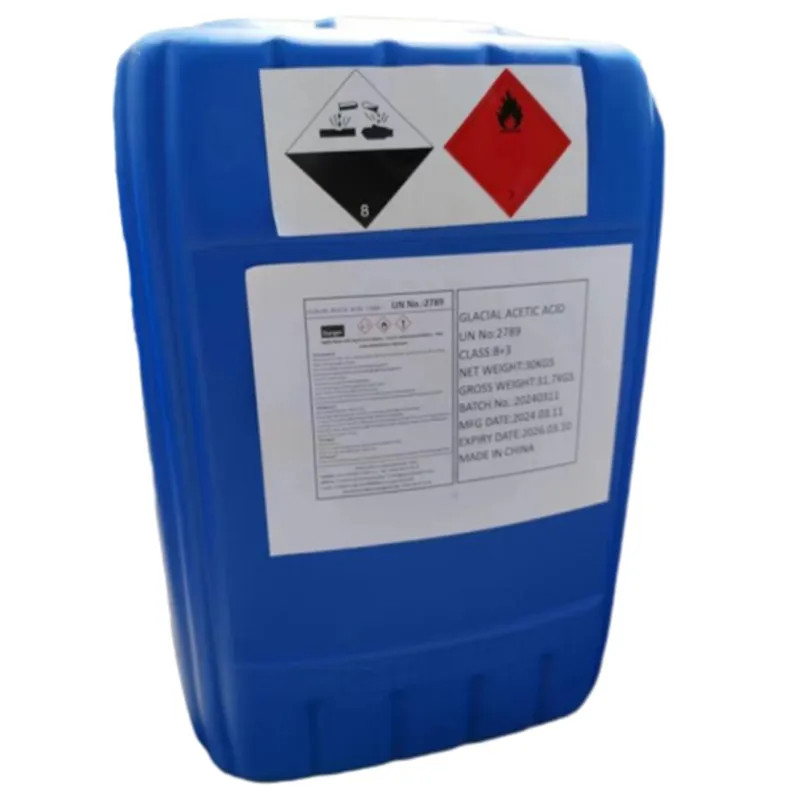
Exploring the Properties and Uses of Food Additive E904 in the Food Industry
Understanding E904 Food Additive Shellac
E904, commonly known as food grade shellac, is a food additive that has garnered attention for its unique properties and applications in the food industry. Shellac is a natural resin secreted by the lac bug, found primarily in India and Thailand. It is often used to coat various food items and pharmaceuticals, providing not only a visually appealing gloss but also a protective barrier.
Origin and Composition
The process of obtaining shellac involves the harvesting of the resin from the lac bug, which feeds on the sap of certain trees. Once harvested, the resin is processed and purified to be safe for consumption. The resultant shellac is a mixture of several components, including different types of fatty acids and esters, which contribute to its characteristics as a food additive.
Uses in the Food Industry
E904 has multiple applications in the food sector. One of the most common uses is as a glazing agent. It is often applied to candies, chocolates, and fruits to create a shiny appearance while providing a protective layer that can help extend shelf life by preventing moisture loss. Additionally, shellac can be utilized in the coating of pills and tablets, improving their aesthetic appeal and making them more palatable.
Another significant application of E904 is its role in preventing spoilage. The shine provided by shellac acts as a barrier against humidity and air exposure, which can lead to oxidation and degradation of food quality. As such, shellac plays an essential role in maintaining the freshness of various food products.
e904 food additive

Safety and Regulatory Approval
Shellac, as E904, has been evaluated for safety and is approved for use by food safety authorities in many countries. The FDA and EFSA have deemed shellac as generally recognized as safe (GRAS) when used in accordance with established guidelines. However, as with any food additive, regulatory agencies monitor and review its usage to ensure compliance with food safety standards.
Nutritional Impact
While E904 is primarily a glazing and coating agent, its nutritional impact is negligible. Shellac is not digestible, which means it passes through the human body without being absorbed. Thus, it provides no caloric value, nor does it contribute any significant nutrients. The primary concern is ensuring that consumers are aware of its use, especially for individuals with dietary restrictions or allergies.
Conclusion
In conclusion, E904, or shellac, is a fascinating food additive that demonstrates the intersection of nature and food technology. Originating from a natural resin, it serves various purposes, from enhancing the appearance of food products to prolonging their freshness. While it is considered safe for consumption, ongoing regulatory oversight ensures that its use in the food industry remains within safety guidelines. For consumers, understanding the role of additives like E904 can enhance awareness of food processing techniques and empower informed choices in their dietary decisions. As the food industry continues to evolve, shellac remains a staple additive, reflecting both traditional practices and modern food science.
-
nitrile-rubber-honoring-strict-production-standardsNewsAug.22,2025
-
aspartame-ingredients-honoring-food-safety-valuesNewsAug.22,2025
-
fertilizer-for-balanced-plant-nutritionNewsAug.22,2025
-
cyanide-gold-processing-with-high-purity-additivesNewsAug.22,2025
-
formic-acid-in-textile-dyeing-applicationsNewsAug.22,2025
-
aluminum-hydroxide-gel-in-skincare-productsNewsAug.22,2025
-
Regulatory Compliance for Global Mining Chemicals UseNewsAug.12,2025
Hebei Tenger Chemical Technology Co., Ltd. focuses on the chemical industry and is committed to the export service of chemical raw materials.
-

view more DiethanolisopropanolamineIn the ever-growing field of chemical solutions, diethanolisopropanolamine (DEIPA) stands out as a versatile and important compound. Due to its unique chemical structure and properties, DEIPA is of interest to various industries including construction, personal care, and agriculture. -

view more TriisopropanolamineTriisopropanolamine (TIPA) alkanol amine substance, is a kind of alcohol amine compound with amino and alcohol hydroxyl, and because of its molecules contains both amino and hydroxyl. -

view more Tetramethyl Thiuram DisulfideTetramethyl thiuram disulfide, also known as TMTD, is a white to light-yellow powder with a distinct sulfur-like odor. It is soluble in organic solvents such as benzene, acetone, and ethyl acetate, making it highly versatile for use in different formulations. TMTD is known for its excellent vulcanization acceleration properties, which makes it a key ingredient in the production of rubber products. Additionally, it acts as an effective fungicide and bactericide, making it valuable in agricultural applications. Its high purity and stability ensure consistent performance, making it a preferred choice for manufacturers across various industries.





